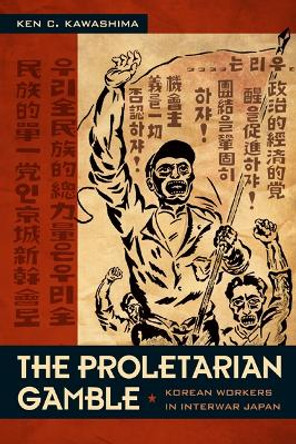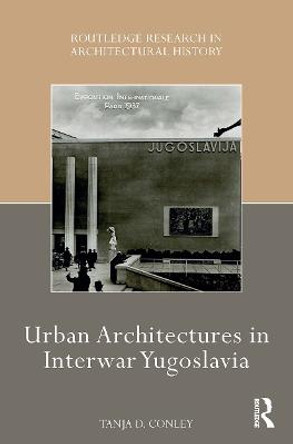Description
After World War I, architects around the world aspired to transcend national boundaries that had been devastated by conflicts. The result was a flurry of artistic creativity. In Japan, young architects strove to create an "international architecture," or kokusai kenchiku, an expression of increasing international travel and communication, growth of the mass media, and technological innovation.
Ken Tadashi Oshima traces the many interconnections among Japanese, European, and American architects and their work during the interwar years by examining the careers and designs of three leading modernists in Japan: Yamada Mamoru (1894-1966), Horiguchi Sutemi (1895-1984), and Antonin Raymond (1888-1976). Each espoused a new architecture that encompassed modern forms and new materials, and all attempted to synthesize the novel with the old in distinctive ways. Combining wood and concrete, paper screens and sliding/swinging glass doors, tatami rooms and Western-style chairs, they achieved an innovative merging of international modernism and traditional Japanese practices. Their buildings accommodated the demands of modern living while remaining appropriate to Japan's climate, culture, and economy.
Until now, scholars have tended to isolate the work of Japanese architects from the European-American sphere of influence. Oshima reverses this trend, exploring the influences that flowed in multiple directions among architects in Japan and their counterparts in Germany, Austria, the Netherlands, and elsewhere.
Sadly, few of the buildings of Japan's interwar period withstood the destruction of World War II and the wrecking balls of subsequent decades of development. Oshima uses a wealth of photographs to vividly capture the character of the burgeoning architectural media of those years and to generously illustrate the works and visions of these pioneering modernists.
A welcome addition to the literature on modernism in Japanese architecture. Oshima focuses on three of the most important professionals engaged in the shaping of a new culture that articulates patterns from Japanese culture and new forms invented in the West. -- Jean-Louis Cohen, New York University Institute of Fine Arts A well-researched book dealing with an especially creative period in the history of modern Japanese architecture. International Architecture in Interwar Japan is particularly effective at exploring the relationship between Japanese architecture and contemporary developments elsewhere in the world. -- Jonathan Reynolds, Barnard College Japan's dramatic rise to international architectural prominence after the Second World War is well known, but the roots of that creative burst-- ideologically, stylistically and socially-- in the work of a handful of practitioners who negotiated the complex terrain of national tradition and modernization are little studied. Ken Oshima's focus on three figures whose works are central-- but most of whose buildings have been lost-- is an eye-opener. A richer understanding of Japan's place in twentieth-century architectural history emerges from each of the subtle analyses offered of major designs lost or lost to critical scrutiny until now. -- Barry Bergdoll, The Philip Johnson Chief Curator of Architecture and Design, The Museum of Modern Art Anyone who has followed the evolution of architecture in the first half of the twentieth century will have long been aware of the fertile Japanese contribution. However, until this brilliant study of three of its most prominent, pioneering practitioners, we have not only lacked sufficient documentation but also any kind of comprehensive analysis that does justice to the richness and rigor of these architects: Sutemi Horiguchi, Mamaru Yamada and the emigre Czech-American Antonin Raymond, whose unique contribution in the interwar years in Japan was to be fully integrated into the local architectural culture. What Ken Oshima demonstrates is that far from being a reductive abstract manner solely dependent on foreign models, this Japanese 'international style' yielded a regionally inflected, modern architecture that was particularly appropriate to the modernization of Japan. This is a seminal work, to be valued as much for its relevance to Japanese cultural studies as for the important contribution it makes to the history of modern architecture as a whole. -- Kenneth Frampton, Ware Professor of Architecture, Columbia University
About the Author
Ken Tadashi Oshima is associate professor of architecture at the University of Washington.
Reviews
"The great strength of this book is its fascinating and compelling examination of a short but fertile moment in architecture history through the multiple lenses of Horiguchi, Yamada, and Raymond . . . a long overdue study of the germinal stage of modernism in Japan."
-- Alice Y. Tseng * CAA reviews *Book Information
ISBN 9780295989440
Author Ken Tadashi Oshima
Format Hardback
Page Count 320
Imprint University of Washington Press
Publisher University of Washington Press
Weight(grams) 1066g








